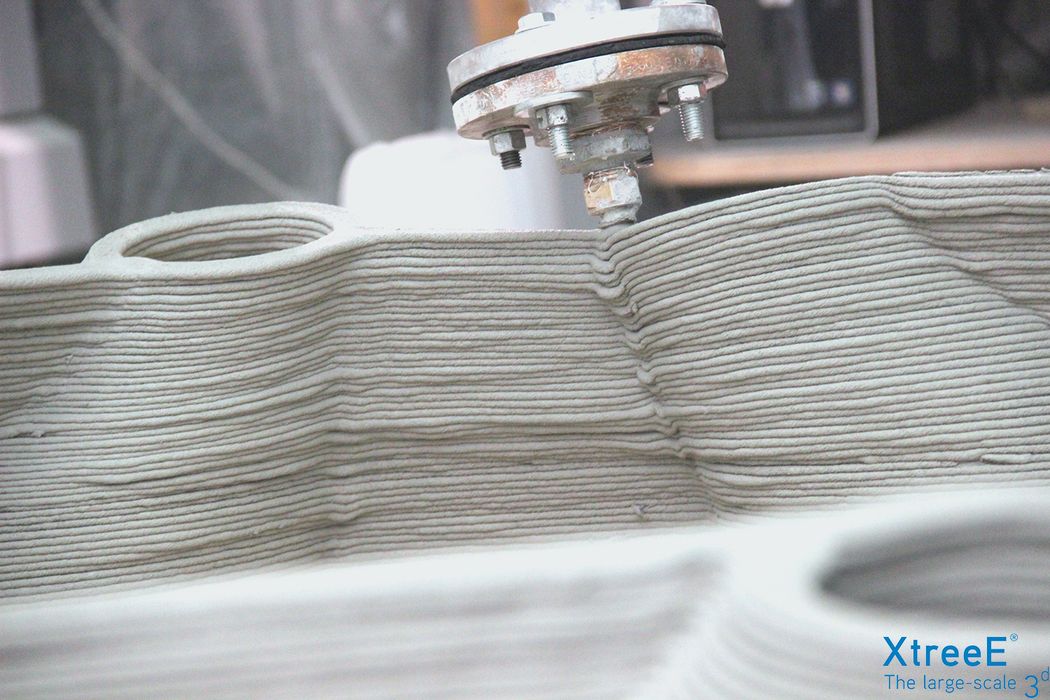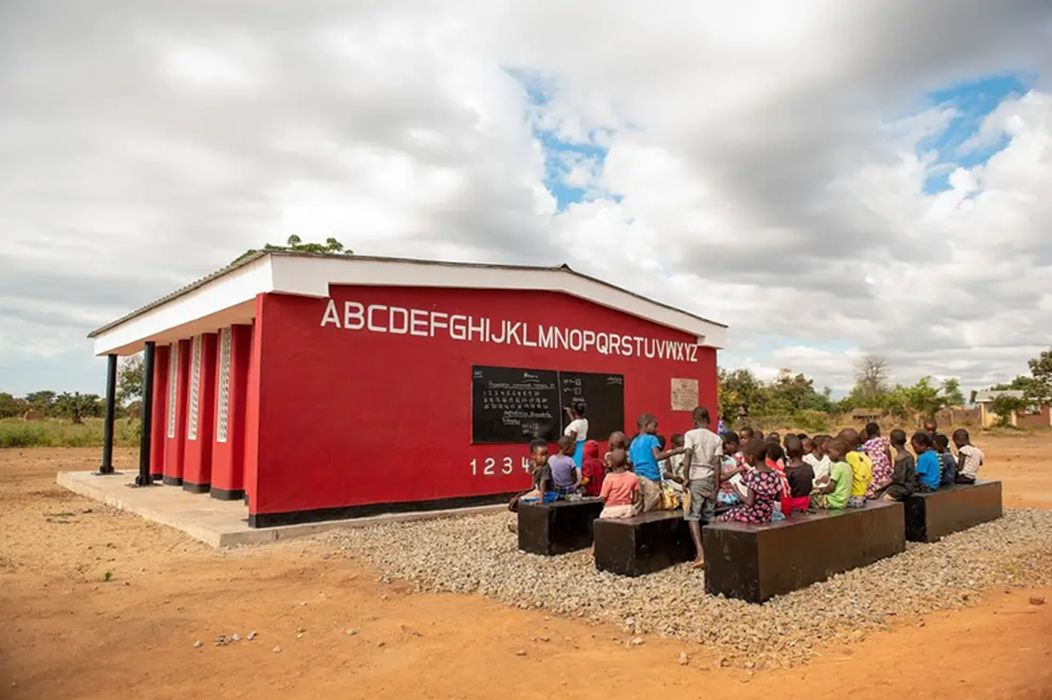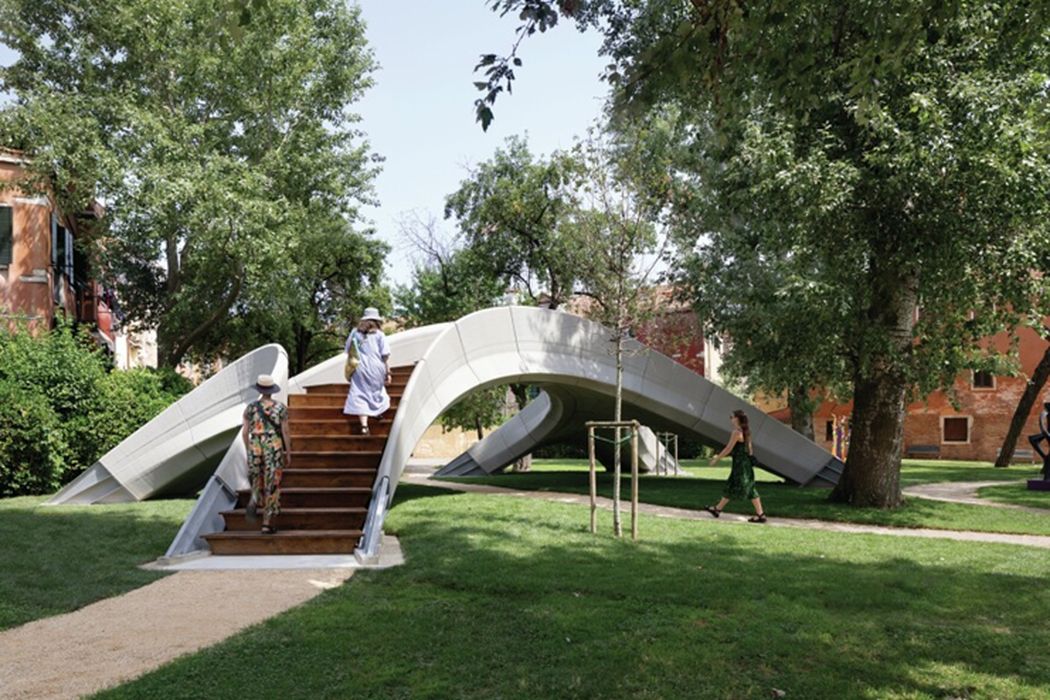
Charles R. Goulding and Preeti Sulibhavi examine Holcim’s strategic spinoff of its U.S. operations and pioneering efforts in 3D printing.
Swiss-based Holcim, the world’s largest cement manufacturer, made waves when it announced plans over the January 26th weekend to spin off its United States operations into a separate publicly traded company in an estimated US$30 billion transaction. Founded in 1912 and headquartered in Zurich, Holcim is a leading global provider of cement, aggregates, ready-mix concrete and asphalt with sales of over US$28 billion in 2023. The company employs close to 70,000 people across 70 countries and has over 300 cement and grinding plants worldwide.
The planned spinoff will create an independent U.S.-based company that will rank among the largest in the industry stateside. Holcim’s U.S. operations generated net sales of US$7.3 billion in 2021, representing over a quarter of the parent company’s total sales. The spinoff aims to unlock value and better position the U.S. business to capture growth from President Biden’s US$1 trillion Infrastructure Investment and Jobs Act.
As a public company, the US business operations related to capital expenditure outlays and R&D expenses will now have visibility.
While the Infrastructure Bill promises sustained momentum for Holcim’s core products, the company also views 3D printing as an emerging opportunity. 3D printing builds structures by depositing materials layer-by-layer based on a digital model. As the technology advances, some envision 3D printing transforming how we construct buildings and infrastructure.
Holcim views 3D printing as a promising outlet for its materials and technical expertise. In 2019, the company partnered with architectural design software firm Dassault Systèmes and construction firm LafargeHolcim Foundation to launch XtreeE, a start-up focused on 3D printing projects. Using a custom concrete mix developed by Holcim, XtreeE has constructed various innovative buildings across Europe.
In 2021, Holcim participated in Europe’s first 3D printed school building, constructed in Malawi, Africa. It also helped 3D print the world’s first zero carbon house in Germany to demonstrate the sustainability potential of additive manufacturing. The printed modules for the house utilized a novel binder made from Holcim’s low carbon cement.

Most recently, Zaha Hadid Architects and the Block Research Group at ETH Zurich have completed Striatus, the world’s first 3D-printed concrete arched bridge. Located in Venice, the 16-by-12-meter (approximately 52-by-39-foot) footbridge was developed in collaboration with Incremental3D, and Holcim. Striatus comprises 53 concrete blocks held together by compression, without conventional steel reinforcement, binder, or glue. Instead of printing each block in horizontal layers of concrete, the design and fabrication teams used a series of striated angles that run orthogonal to the path of the bridge’s structural forces, lending the structure its inherent strength.

The project is a confluence of traditional building techniques with computational design and robotic manufacturing, presenting an “alternative to traditional concrete construction” that has a lower embodied carbon than reinforced concrete, according to a ZHA press release announcing the project’s completion.
As 3D printing technology evolves, Holcim aims to leverage its research capabilities and suite of building solutions to deliver ever more complex printed structures. The company views additive manufacturing as the next frontier, one that can accelerate the world’s transition to greener, high-performing and more resilient buildings and infrastructure.
The Research & Development Tax Credit
The now permanent Research and Development (R&D) Tax Credit is available for companies developing new or improved products, processes and/or software.
3D printing can help boost a company’s R&D Tax Credits. Wages for technical employees creating, testing and revising 3D printed prototypes can be included as a percentage of eligible time spent for the R&D Tax Credit. Similarly, when used as a method of improving a process, time spent integrating 3D printing hardware and software counts as an eligible activity. Lastly, when used for modeling and preproduction, the costs of filaments consumed during the development process may also be recovered.
Whether it is used for creating and testing prototypes or for final production, 3D printing is a great indicator that R&D Credit eligible activities are taking place. Companies implementing this technology at any point should consider taking advantage of R&D Tax Credits.
Conclusion
With innovative ventures like 3D printing alongside its core products in aggregates, concrete and asphalt, Holcim is positioning itself to capitalize on public infrastructure investment while also pioneering construction’s digital future. The upcoming U.S. spinoff not only promises to unlock value but also to provide the focus and flexibility for the business to seize opportunities in infrastructure upgrades and beyond.
